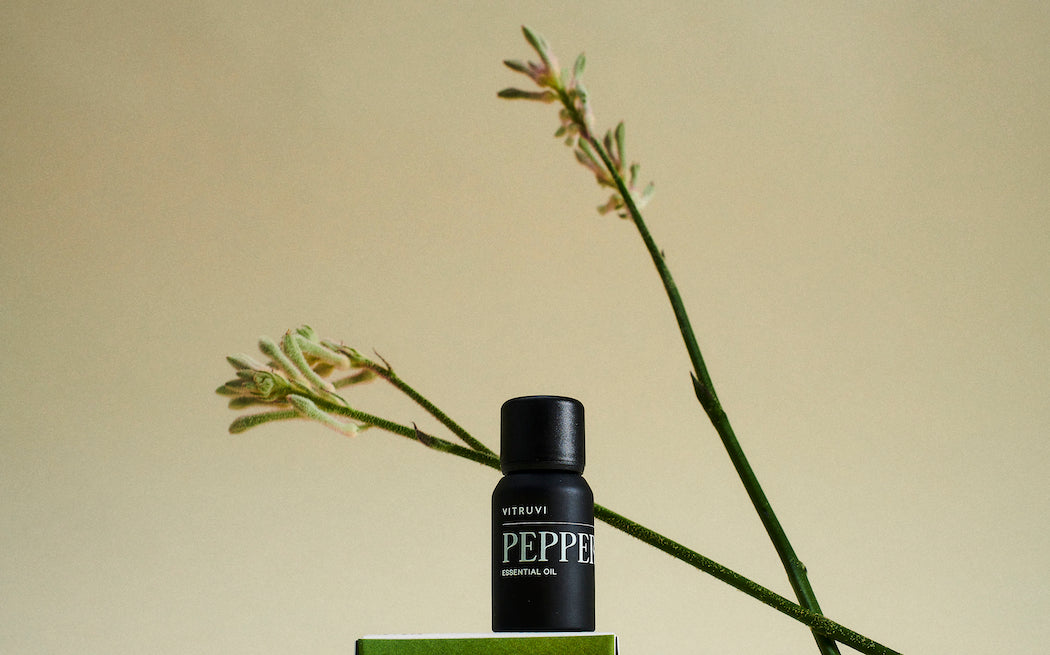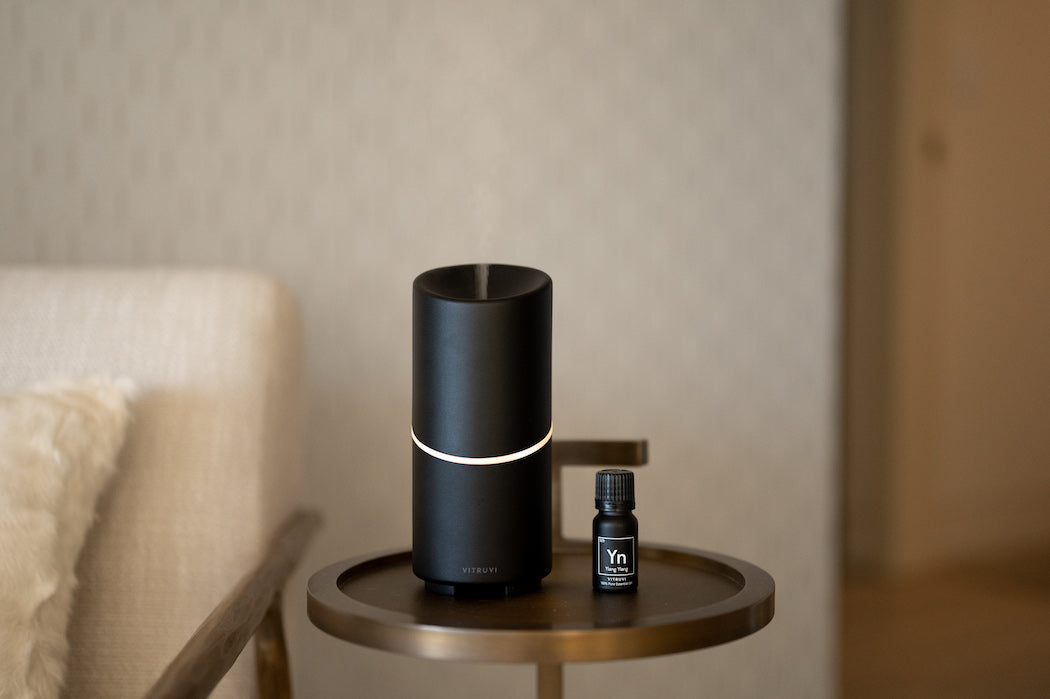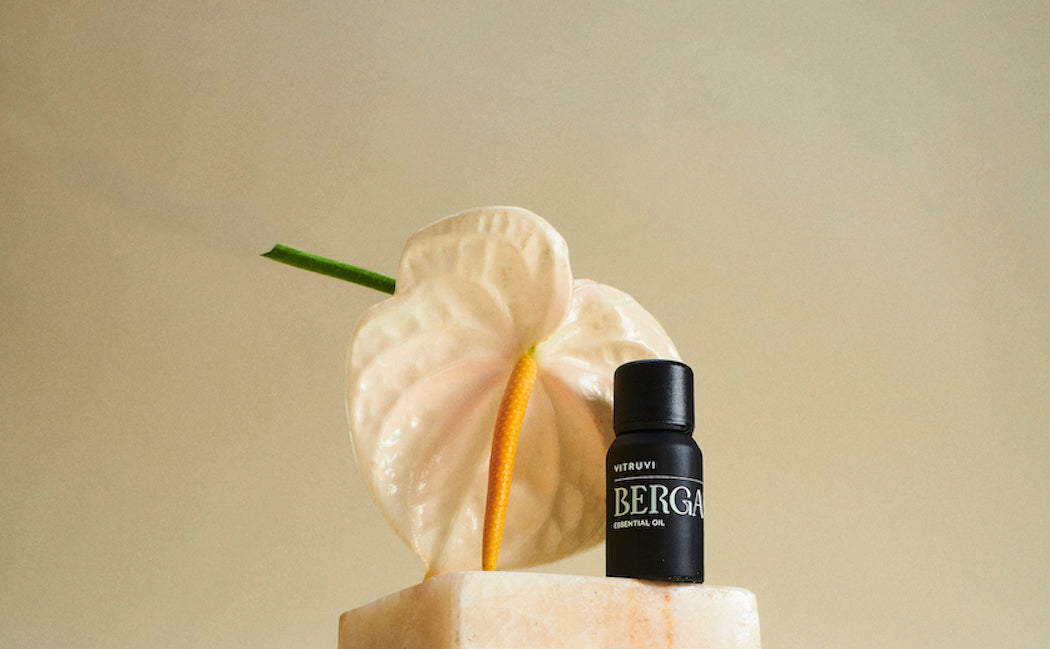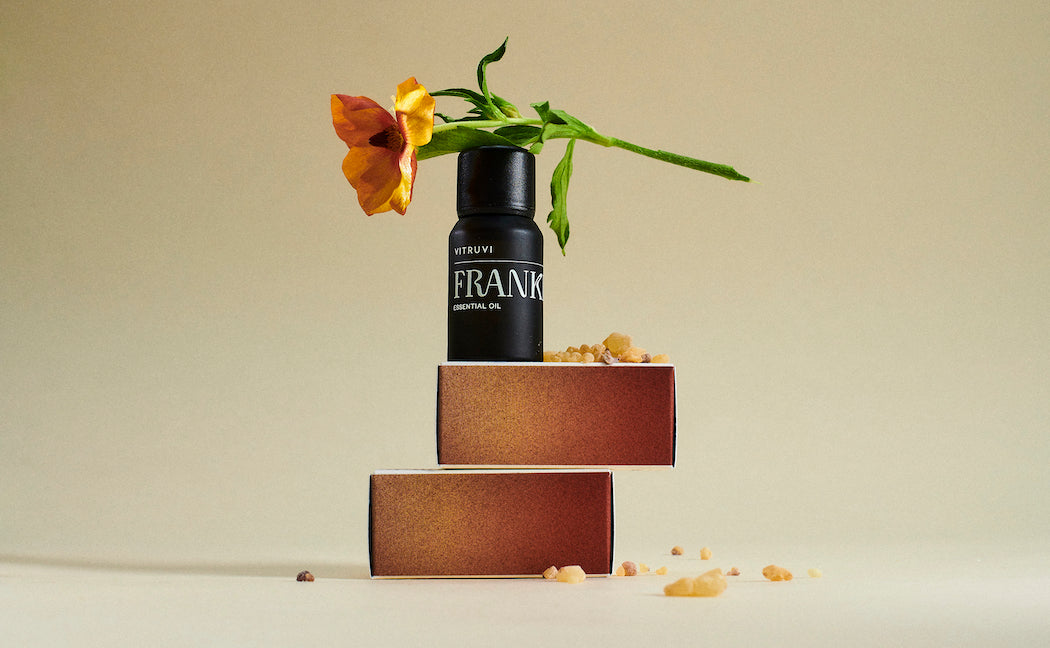When we talk about hormones, we often associate them with women’s menstrual cycles, pregnancy, and menopause. And while hormones do play a vital role in helping women ovulate and have babies, they also have a fundamental part in keeping women healthy overall.
The basics
Hormones are naturally-occurring substances produced by the endocrine system. The endocrine system consists of a series of glands:
- Adrenal (on the top of each kidney)
- Hypothalamus (in the lower-middle part of the brain)
- Ovaries (in the pelvis)
- Parathyroid gland (in the neck)
- Pineal gland (near the centre of the brain)
- Pituitary gland (at the base of the brain)
- Thyroid (in the front of the neck)
- Some people also include the pancreas and thymus in this category
The glands are the major source of hormones, but other parts of the body—including the brain, heart, lungs, kidneys, liver, even the placenta—can also produce small amounts.
Most of us know about estrogen for women (and testosterone for men), but there are many other hormones in the body—50, in fact. For example, adrenaline (epinephrine) is a hormone; it’s responsible for our fight-or-flight responses when stressed, and it also affects the body’s metabolism. Melatonin is another hormone, responsible for the circadian rhythm (your sleep/wake cycles).
Endocrine disruptors
Over the years, scientists have learned that some items that have become an integral part of our lives are or contain endocrine disruptors: chemicals that throw off the hormone balance in the body. These chemicals have been found in food and drink containers, toys, cosmetics, pesticides, and more. Some of the food we consume may have endocrine disruptors, too; this occurs when fish and wildlife consume product waste, such as medications that have been flushed down the toilet. When humans eat the animals, they are exposed to the chemicals. This type of transfer could be one explanation for the increasingly younger age that boys and girls are entering puberty. (Not all endocrine disruptors are bad, though. For example, some birth control pills and cancer treatments are technically endocrine disruptors.)
For those who want to limit exposure to unwanted endocrine disruptors, there are some simple steps you can take. They include washing your hands frequently with plain soap and water (nothing with “fragrance,” which can be used to mask other ingredients), avoiding synthetic fragrances to scent your home, reducing your use of plastics, opting for organic foods when possible, checking the labels for your skincare and beauty products, and looking for the Safer Choice label when buying cleaners.
Endocrine diseases
What do actor Mary Tyler Moore, television personality Oprah Winfrey, and exercise guru Jillian Michaels have in common? They all had or have endocrine diseases: medical conditions related to hormones.
The late Moore had type 1 diabetes; her pancreas couldn’t produce insulin. Winfrey has hypothyroidism, meaning an underactive thyroid. And Michaels has polycystic ovary syndrome, an imbalance of reproductive hormones that can affect fertility and overall health.
When an endocrine gland malfunctions, you may not get enough of a particular hormone or you may get too much. There are also diseases, such as cancer, or treatments for diseases that can throw off your hormone levels. Hormone imbalances could also occur because an endocrine gland, such as the ovaries, must be surgically removed.
Children can develop endocrine disorders, too. Type 1 diabetes used to be called juvenile diabetes, because it starts so often in childhood or in the teen years. Precocious puberty, when puberty occurs before age eight in girls (and age nine for boys), is also caused by hormonal imbalances.
Treating endocrine disorders
In many cases, treatment for hormone-related disorders means taking hormone replacements. The most common method is by taking pills, but some replacements, usually the ones related to sexual function, may also be available in patches, creams, ointments, and even vaginal suppositories or rings. Some diseases, like type 1 diabetes, require regular insulin injections.
If a condition is caused by too much of a certain hormone, the gland may be destroyed or surgically removed; an overactive thyroid might be treated with a radioactive medication to stop it from functioning, for example. Treatment for any hormone-related disorder, whether surgical or medical, is of course individualized for each patient.
Hormones are much more than what help us reproduce—they are a vital part of our overarching well being. They can help us feel good about how we look, as well as how we feel. The happy news is that you can take an active role in your health by reducing your exposure to endocrine disruptors and by checking with your doctor if you have any concerns about your health. Like with anything to do with our bodies, you know yours best.












